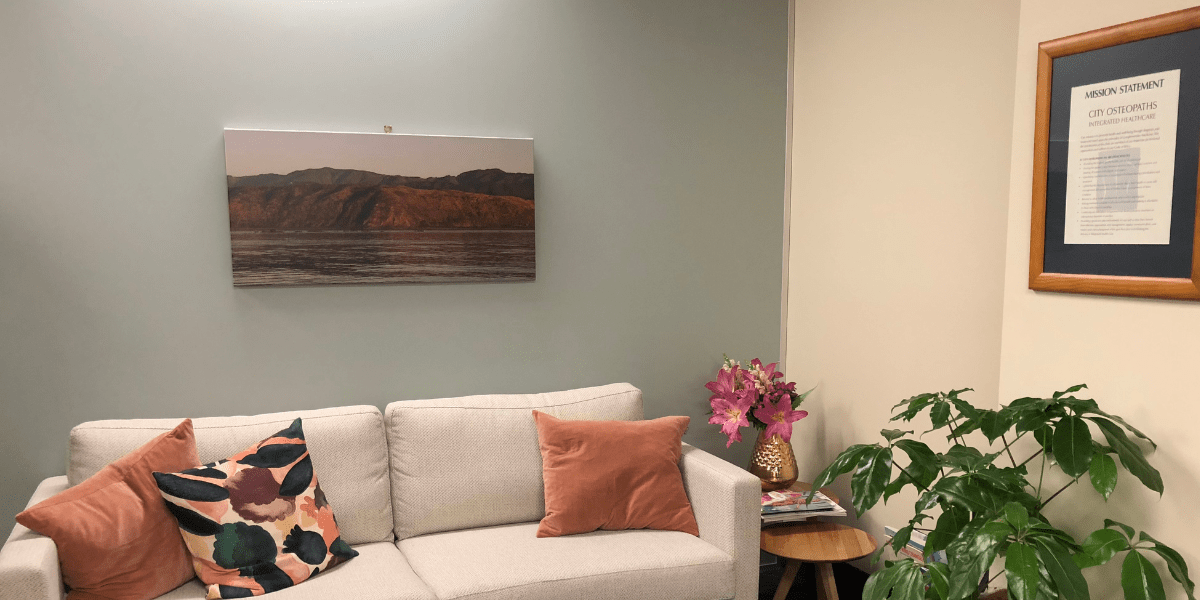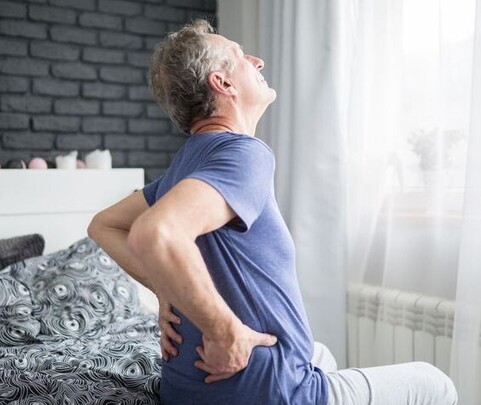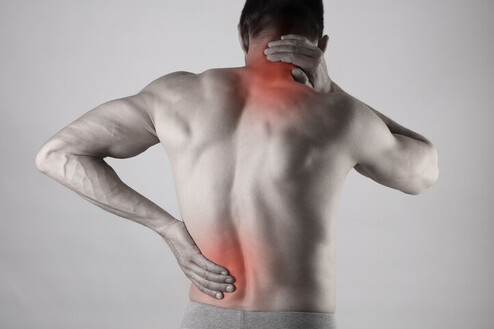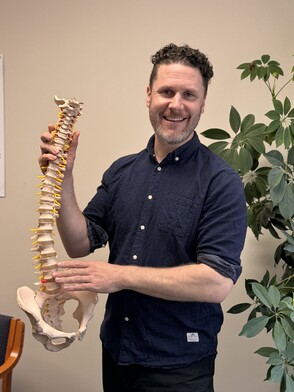Back pain is a common issue that can make daily life difficult and frustrating. With so many treatment options out there, it can be hard to know which one is right for you.
So why choose osteopathy? Osteopathy takes a whole-body approach, looking at how different parts of your body are connected and how they work together. By understanding this, we can help pinpoint the real cause of your discomfort, making it an excellent choice for treating back pain.
Each person’s experience of back pain is unique, and one of the strengths of osteopathy is that it offers personalised care. We look at the bigger picture—stress, posture, previous injuries, and even your diet—all of which can contribute to ongoing back pain. By addressing these factors, we aim to not just treat the pain but to get to the root of the problem.
Osteopaths use a variety of hands-on approaches to help ease back pain, from more direct methods like spinal manipulation and stretching to gentler approaches like cranial or biodynamic osteopathy. These tailored treatments are especially useful for those dealing with chronic pain, as they are designed to target your specific needs while also promoting overall wellness. Along with treatment, simple activities like walking, stretching, and maintaining good posture can help keep your back feeling healthy at home. Together, these strategies can help you take control of your back pain and improve your quality of life.
Alongside professional care, there are plenty of ways you can manage your back pain at home:
Stay Active: Even low-impact activities like walking on the flat or swimming can help keep your spine flexible, reduce inflammation and reduce stiffness. Movement is often key to reducing and preventing further discomfort.
Stretch Regularly: Incorporating gentle stretches into your daily routine can improve your flexibility and ease tight muscles. Focus on stretches that target the hamstrings, front of thigh, hips, and lower back. Your Osteopath can give you specific exercises for you. For a simple five minute routine click here
Strengthen Your Core: A strong core supports your lower back, so exercises like planks or bridges can help protect against pain - your osteopath can check on your technique to make sure you get the most out of your exercises.
Maintain Good Posture: Whether sitting or standing, being mindful of your posture can prevent strain on your back. If you work at a desk, make sure your chair supports your lower back and your computer screen is at eye level. Osteopaths are expert in posture. See more detailed information here.
Use Heat or Cold Therapy: Applying a wheat pack or hot water bottle can relax tight muscles, while ice packs can help reduce inflammation, especially immediately after an injury. Alternating between the two can reduce congestion and help you get moving. For more detailed information, specific to your situation, ask your Reg Osteopath!
Ergonomic Adjustments: Make small changes in your work or home environment, such as adjusting your chair height, using a lumbar pillow, or wearing supportive shoes, to take pressure off your spine. Take breaks from seated work every 30 minutes - please set a timer!
Reg Osteopath David Good wrote this article, for more information on him and how he can help you, click here.
